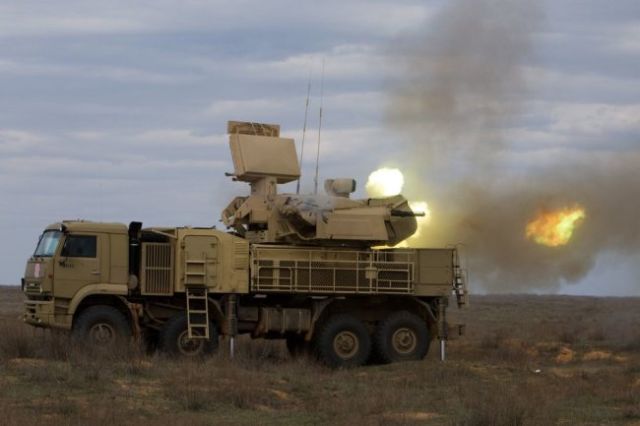The Russian army has the strongest air defense in the world, according to experts interviewed by Forbes. Each battalion tactical group (BTG, the main combat element of the Ground Forces of the Armed Forces of the Russian Federation) is accompanied by a variety of anti-aircraft systems, each of which has its own task.
"Russia is armed with the most modern tactical air defense integrated into the combat formations of ground units. The brigade, consisting of four BTGs, includes a separate air defense battalion stuffed with missiles," Lester Grau and Charles Bartles write in the book "The War in Russian."
To begin with, the anti-aircraft battalion has 27 Igla and Willow MANPADS with thermal guidance and a range of several kilometers. Two-thirds of MANPADS are on the front line, the rest are at the brigade command post. MANPADS operators are firing on foot, six Tunguska tracked vehicles are moving in combat formations to cover armored vehicles. They are equipped with rapid-firing cannons and heat-guided missiles with a range of up to 10 km. The Tunguska is complemented by six Strela-10 cars. These light tracked armored personnel carriers use the same missiles as MANPADS and stay close to brigade artillery. Their task is to protect powerful guns.
A dozen Thor anti-aircraft systems fire missiles with a range of up to 16 kilometers and a ceiling of 6.5 km. The Thors are dispersed throughout the brigade's battle formations, Grau and Bartles call it "zonal cover." Such front-line air defenses are self-sufficient. Battalion radars can warn them about the appearance of enemy aircraft, but thermal and command-guided missiles do not need locators.
The purpose of dense air defense is to prevent the enemy from using airplanes, helicopters, cruise missiles and drones.
Anton Valagin

